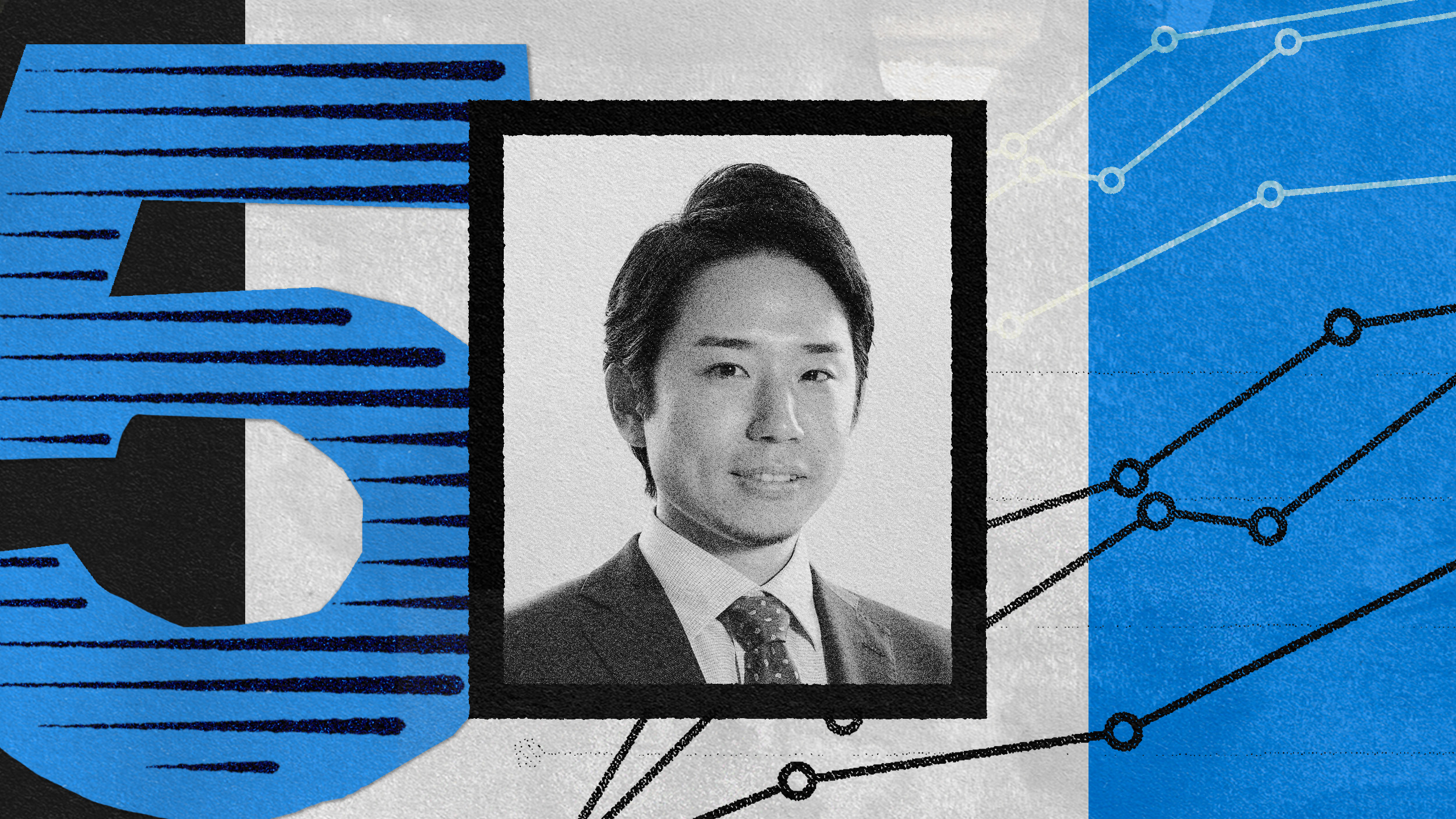Why great leaders know that “control is an illusion”

- The days when an imperial CEO stood astride an organization are over.
- Define what it is that only you can do, given that you can’t do everything.
- Ask the questions that make people think, as opposed to telling them what to do.
At one Bower Forum in New York City, a CEO of a global manufacturer bemoaned the fact that everything seemed to be spinning out of control. Cyberattacks were running rampant, the pandemic and the war in Ukraine were disrupting supply chains, and inflation was hurting the bottom line. “I feel like I’m spending more time dealing with these externalities than with the business,” he said. “It’s become a huge distraction for both me and my managers.”
Another CEO sitting at the table tried to add some perspective. She said, “Look, you can’t control politics, you can’t control wars happening around the world, and you can’t control where interest rates are heading. But what you can control is how you act in a time of disruption and uncertainty. If you can’t control how higher interest rates or supply chain shortages are hurting your business, you can control the way you talk about your value proposition, about how your products can increase productivity and efficiency, you can talk about how you’re investing capital for when the trouble subsides. Get your team focused on those things that only you can do—improving your business in tough times.”
Like our manufacturing CEO, you have probably spent your career thinking that you’re in control. You worked hard and did well in school, and then at work you followed the rules and rose steadily up the ladder. You knew what you needed to do and did it, and you were rewarded for your efforts. Something happens, however, the higher you climb in an organization. Suddenly you’re responsible for more and more people and their performance. You can’t do all their jobs—although, control freak that you are, you would like to—yet you are responsible for the success of the organization.
The days when an imperial CEO stood astride an organization are over. Today, the best leaders realize that control is an illusion. Here, we ask you to define what it is that only you can do, given that you can’t do everything. Ask yourself, “What are my priorities?” Maybe it’s formulating a new strategy, or overseeing a technological transformation, or clarifying your mandate from the board. Or maybe it’s all three. Once you have decided what it is that only you can do, you then set the direction and stand out of the way. This means asking the questions that make people think, as opposed to telling them what to do. You can explain what your own experience has been, but the answer has to come from within the other person.
Letting go inevitably means that some people in your organization will go off in the wrong direction. You need to have the patience to let them learn from their mistakes. During Super Bowl LVII, Philadelphia Eagles quarterback Jalen Hurts fumbled late in the game, contributing to his team’s loss. Rather than feeling self-pity, he looked at it as a learning experience. After the matchup he said, “You either win or you learn. Win, lose, I always reflect on the things I could have done better, anything you could have done better to try and take that next step.”

The key then is to find the right balance between control and letting people have agency and the freedom to make mistakes—as long as they learn from them and don’t repeat them. Rob Painter, a Bower Forum attendee, is the CEO of Trimble, a global technology firm that supplies cutting-edge software and hardware to the agriculture, construction, geospatial, and transportation industries. He says that rather than fight for control, leaders should embrace individuality and the need for everyone to have at least some freedom to express themselves and implement their ideas. “The notion,” says Painter, “is that we embrace individuality, but we win together.” At one leadership program Painter was conducting at his company, he noticed the wide mix of functions represented in the room. He asked the group to put themselves in one another’s shoes: “How many of you have ever written a line of code, how many of you know how a journal entry works, how many of you have ever created a marketing requirements document, and how many of you have asked for a sales order and know what that feels like to get turned down?”
No one, not even the CEO, knows how to do all these jobs, yet to let all these different players act on their own can lead to chaos. Painter’s answer is to look at a business like a symphony where all the players come together to make beautiful music. “This can be,” he says, “both wildly comforting and extraordinarily uncomfortable at the same time. Because CEOs can see more of the organization than anyone else, they take on the role of an orchestra conductor. I don’t know how to play all the instruments, but I can create an environment where I can fine-tune the orchestra. I can help everyone understand what to focus on—what piece we should be playing, are we playing it too slowly or are some of the players out of tune, and if so, what do we need to do to fix it?”
“I don’t know how to play all the instruments, but I can create an environment where I can fine-tune the orchestra.”
Rob Painter, CEO of Trimble
So, for a leader, the key issue is not so much how you can gain control but what are the things that only you can do? What things do you need to control, and what should you release for others to lead? That’s another way of saying, what are the areas where you can have the most impact? “There’s a whole set of tasks I could work on that are totally gratifying,” says Painter, “but as CEO, I’m not positioned to move the needle on those things.”
Some jobs only the CEO can do because of their personal skills, or because the work cuts across multiple parts of the organization, or because it has a disproportionate impact on the organization.
With that in mind, you have to ask yourself, what are your top two or three priorities, the things that only you can do that will make a difference? At Trimble, Painter’s first priority is establishing how the business is going to win. His second is to get a clear strategic mandate from the board—something he certainly can’t delegate. And third is to make sure the company’s technological transformation is on track. “These are the three things I believe I can uniquely do and where I devote the most time setting the tone,” says Painter. In a practical sense, that means defining success and putting the right people in the right orchestra seats. By framing his job in this way, Painter doesn’t have complete control, but he has a certain amount by being able to intercede where he sees a problem.
Painter works hard to make sure his managers think the same way about control. Historically, Trimble had been a very decentralized business, with its construction, agricultural, and transportation divisions basically running their own fiefdoms. Wanting Trimble to become more of a matrix organization, Painter decided to create a corporate technology team to achieve efficiencies of scale and give his IT people more freedom. It was a hard sell to the heads of each business unit. “I tried,” says Painter, “to get my managers to understand that they don’t have to own or control all the resources. So we’d have these ‘control is an illusion’ conversations where I’d tell them, ‘Yes, you do have all these cyber resources reporting to you, but do you really have any idea what they are doing, and do you really have any ability to add value to them?’” Today, Trimble has put all its cyber experts together in one organization to act as a shared service in which employees have career paths, more autonomy, and can perform more efficiently. Control, in this case, had been costly.





